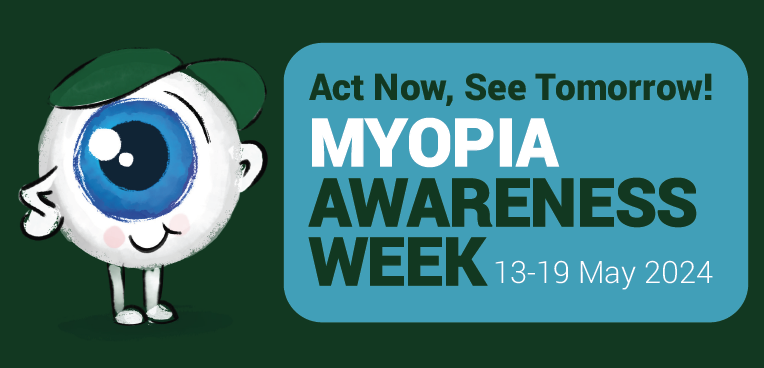
Sally Dillehay, OD, EdD, FAAO
BHVI
The Global Specialty Lens Symposium (GSLS) 2020 held January 22-25, 2020 in Las Vegas, USA featured 4 preconference tracks focused on Myopia Control as well as the main conference kicking off with Clinical Controversies in Myopia Management. Over 3 days, GSLS offered 10 hours of CE around myopia control. Organizers of the meeting announced that starting in 2021, GSLS will offer an entire day focused on myopia management with the inaugural Global Myopia Symposium.
Organizers of the meeting announced that starting in 2021, GSLS will offer an entire day focused on myopia management with the inaugural Global Myopia Symposium.
Among the many informative presentations, James Wolffsohn, FCOptom, MBA, PhD, presented on the 2018 responses to the Global Trends in Myopia Management Attitudes and Strategies in Clinical Practice, a self-administered, internet-based survey with 971 respondents in countries around the world. Concern about myopia was very high among all practitioners, especially those in Asia, and practitioners reported they were proactive in implementing myopia control strategies. However, more than two-thirds of practitioners (67.5%) reported still using single vision spectacles or single vision contact lenses as the primary mode of correction for myopia patients, citing concerns around cost (35.6%), inadequate information (33.3%), and unpredictability of outcomes (28.2%) as the main justifications.
Among multiple presentations looking at combination therapies of orthokeratology (OK) and 0.01% atropine (A), Qi Tan, MSc from Hong Kong Polytechnic University, presented data through 12 months of a 24 months study. At 12 months, axial length growth in OK+A was 0.07+0.16 mm compared to the 0.16+0.15 OK group alone and was statistically significantly different (SSD). However, the difference was SSD for the first 6 month period, but not the second 6 month period, indicating an additive effect of Atropine with OK which was short lived. The Atropine group had slightly larger pupil sizes, and they postulated that the enlarged pupil size from the Atropine may be exposing the retina to increased amount of higher order aberrations, which may be part of the additive effect observed.
Concern about myopia was very high among all practitioners, especially those in Asia, and practitioners reported they were proactive in implementing myopia control strategies.
One of the featured debate topics was “Does the peripheral refraction matter for myopia progression control”? Prof. Earl Smith presented data from animal models that peripheral hyperopia does impact the development of myopia, but mainly within the 20-25 degrees around the fovea. Studies that have not found a connection to peripheral refraction have often used data from 30-45 degrees outside of the fovea, which may indicate that those data are not sensitive enough to detect what is occurring closer to the fovea. Dr. Don Mutti took the counterview that peripheral hyperopia is not correlated with myopic progression, and pondered whether we have correctly identified it as the actual mechanism for myopic progression.
Although there were many such interesting debates related to myopia control mechanisms and management, an area that presenters appeared to agree was that there is ample evidence for multiple effective treatments to slow progression of myopia. For young children at risk of onset of myopia, counseling on improving outdoor time may be what is needed. For children already myopic and progressing, different treatments are available in different parts of the world. But whether you select specialized spectacles, orthokeratology, soft multifocal contact lenses or low dose atropine, the take home message for me from GSLS was that practitioners need to start NOW to proactively manage myopia.
Although there were many such interesting debates related to myopia control mechanisms and management, an area that presenters appeared to agree was that there is ample evidence for multiple effective treatments to slow progression of myopia.
If you are uncertain where to start, the series of courses from BHVI provide a solid foundation on which to build and grow your myopia management practice.


